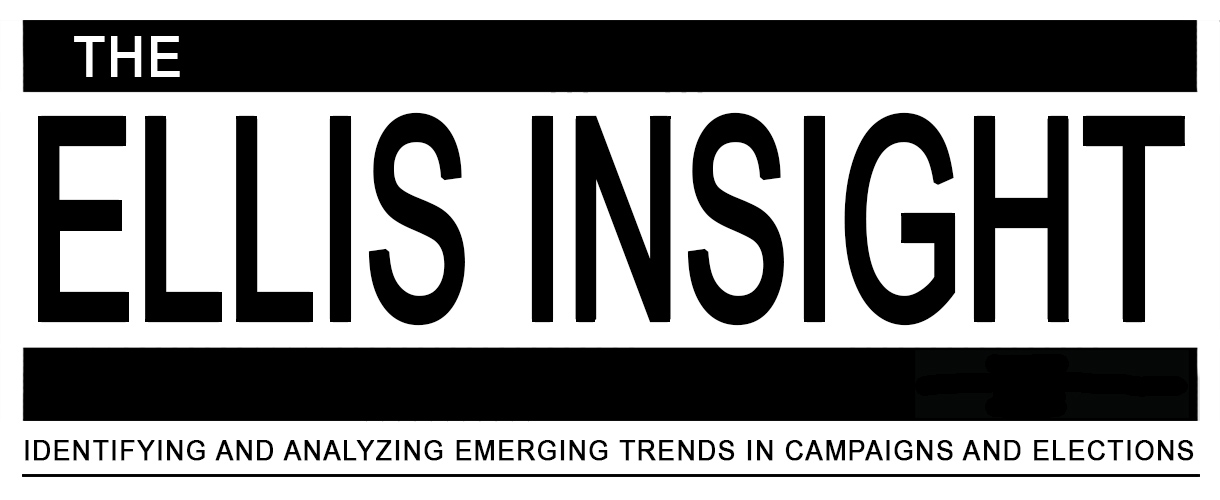Primary voters went to the polls in the Land of Lincoln yesterday and the predicted winners performed as expected, but several victory margins were a bit of a surprise.
In the governor’s race, businessman Bruce Rauner, who personally spent lavishly on his own campaign, managed to clinch the Republican nomination but the race proved much closer than polling had indicated. Rauner defeated state Sen. Kirk Dillard, 2010 gubernatorial nominee Bill Brady, and state Treasurer Dan Rutherford by a 40-37-15-7 percent split, respectively, far below what late polling was projecting even though the order of finish was correctly predicted.
Dillard, just as he did four years ago, came on strong at the end and came up just short of placing first. In 2010, he finished only 193 votes statewide behind Brady. Last night, Dillard’s deficit was considerably larger, but he still managed to come within three percentage points of winning the election.
Continue reading >


